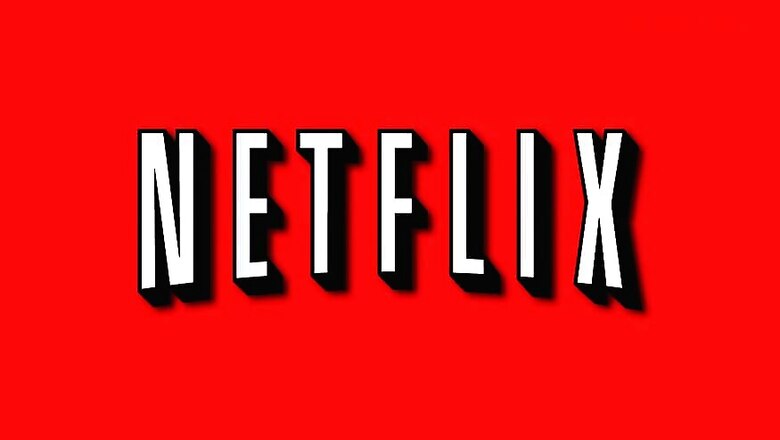
views
Netflix is raising its U.S. prices by 13 to 18 percent, its biggest increase since the company launched its video streaming service 12 years ago. Its most popular plan will see the largest hike, to $13 per month from $11. That option offers high-definition streaming on up to two different internet-connected devices simultaneously. Even at the higher price, that plan is still a few dollars cheaper than HBO, whose streaming service charges $15 per month. The extra cash will help to pay for Netflix’s huge investment in original shows and films and finance the heavy debt it has assumed to ward off rivals such as Amazon, Disney and AT&T.
While subscribers might bemoan a bigger monthly bill, Wall Street cheered, sending Netflix’s shares up 6.5 percent Tuesday. This marks the fourth time that Netflix has raised its U.S. prices; the last hike came in late 2017 . But this is the first time that higher prices will hit all 58 million U.S. subscribers, the number Netflix reported at the end of September.
Previously, Netflix had continued to offer a basic, $8-a-month streaming plan while raising rates on more comprehensive plans with better video quality and options to watch simultaneously on different devices. This time, the price for the cheapest plan is going up to $9 per month. A premium plan offering ultra-high definition will jump to $16 per month from $14.
The new prices will immediately affect all new subscribers and then roll out to existing customers during the next three months. Customers in about 40 Latin America countries where Netflix bills in U.S. currency will also be affected, excepting key international markets such as Mexico and Brazil. Netflix had nearly 79 million subscribers outside the U.S. as of September.
Higher prices could alienate subscribers and possibly even trigger a wave of cancelations. For instance, Netflix faced a huge backlash in 2011 when it unbundled video streaming from its older DVD-by-mail service, resulting in a 60 percent price increase for subscribers who wanted to keep both plans. Netflix lost 600,000 subscribers — about 2 percent of its total customers at the time — after that switch.
“This is a more aggressive move than (investors) were expecting,” said Moody’s analyst Neil Begley said. “It shows Netflix is pretty confident that is still has some pricing power in the U.S.” That confidence flows from the programming line-up that Netflix has built since it began focusing on exclusive shows five years ago. The acclaimed hits have included “House of Cards,” ″Orange Is The New Black,” ″Stranger Things,” ″The Crown” and, most recently, the film “Bird Box.”
“We change pricing from time to time as we continue investing in great entertainment and improving the overall Netflix experience,” the company said in a statement. Consumers also have an increasing array of other streaming options. Amazon offers a streaming service as part of its Prime shipping program for $13 per month, or $120 for an annual membership. Hulu sells an ad-free service for $12 per month. AT&T’s WarnerMedia unit plans a broader streaming service this year centered on HBO. Walt Disney is gearing up to launch a streaming channel this year.
With Apple also widely expected to join the video-streaming fray, the competition for programming is enabling top directors, writers and actors to charge more for their talents. That has intensified financial pressure on Netflix, which hasn’t been bringing in enough money to pay for all its programming and other business expenses.
The company burned through about $3 billion last year and is expecting to do so again this year. To offset the negative cash flow, Netflix has been borrowing heavily to pay for programming. The Los Gatos, California, company had accumulated nearly $12 billion in debt before borrowing another $2 billion in an October bond offering. Moody’s Begley predicted the price increase will enable Netflix to stop burning through cash by 2022 or 2023, assuming it can reach 200 million worldwide subscribers within the next three years.
Concerns about the stiffening competition and Netflix’s ability to sustain its current leadership in video streaming have caused the company’s stock price to plummet from peak of $423.21 reached last June.
Investors reacted enthusiastically to Tuesday’s news, signaling their belief that the price increase won’t significantly slow Netflix’s subscriber growth. The company’s stock surged $21.70 to finish at $354.64, its highest closing price in nearly three months.




















Comments
0 comment